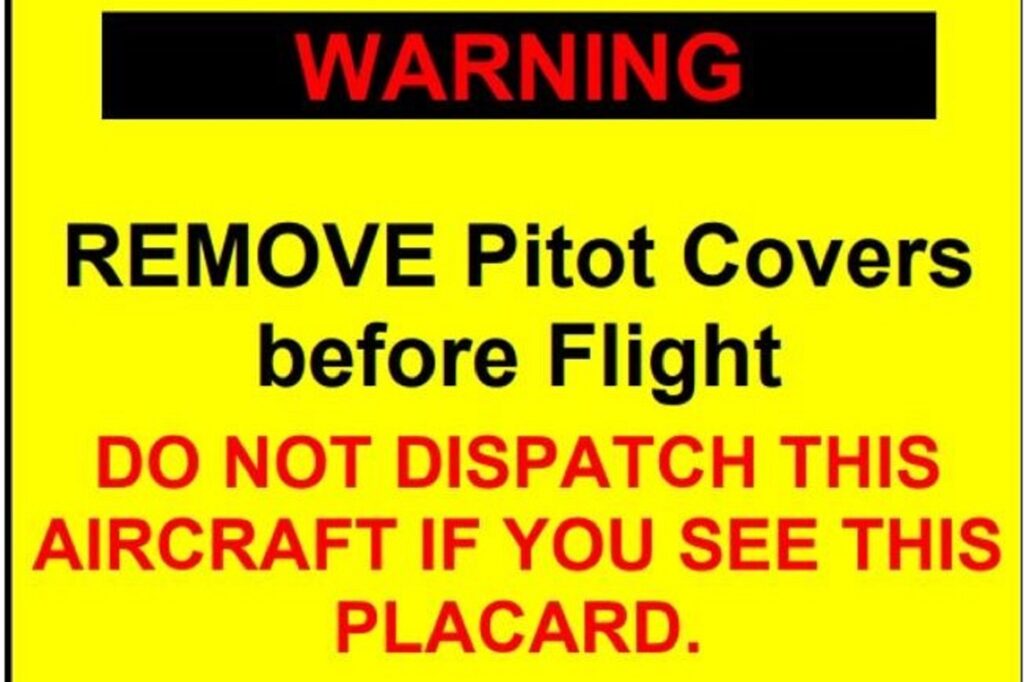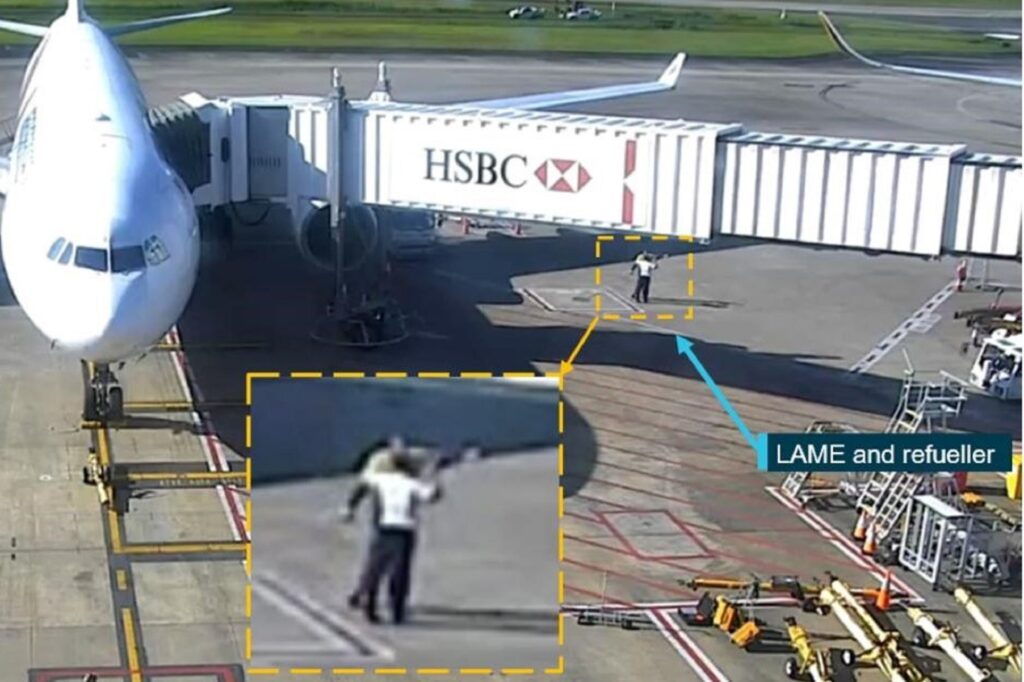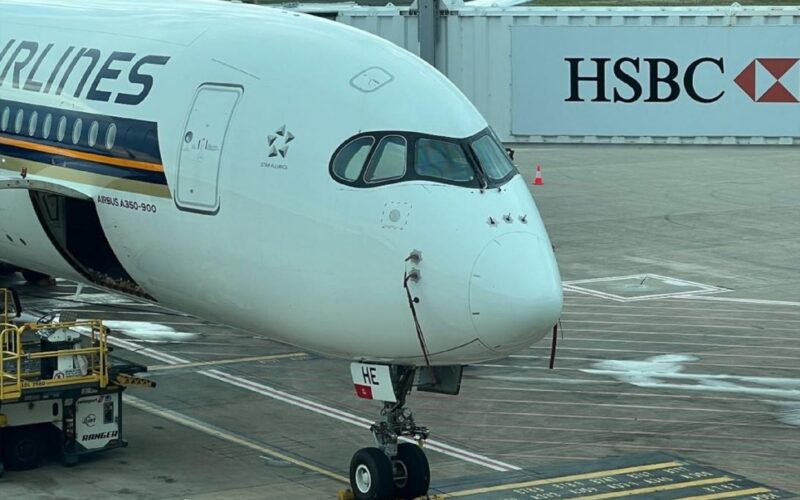A keen-eyed refueler at Brisbane Intenational Airport (BNE) in Australia spotted that pitot probe covers had been left in place on a Singapore Airlines Airbus A350-941 moments before pushback was initiated, according to the final investigation report by the Australian Transport Safety Bureau (ATSB).
The refueler, who was working in an adjacent bay on May 27, 2022, alerted the licensed aircraft maintenance engineer (LAME) responsible for the Singapore Airlines Airbus A350’s turnaround and the pitot probe covers were duly removed.
The ATSB has highlighted the incident in order to demonstrate how “assumptions, procedural omissions can lead to unsafe conditions”.
The ATSB found that the pitot probes, which provide airspeed data to aircraft systems and flight crew, had been covered at the airport due to the nesting behavior of a species of invasive mud wasp, which has been known to block the tubes in as little as 20 minutes.
The ATSB investigation revealed that procedural risk controls for the removal of the pitot probes from the aircraft, registered 9V-SHH, had been circumvented.
The report has also asserted that a final walk-around inspection of the aircraft was not conducted by LAME, nor by the headset operator who had started working for the contractor three weeks prior.
Despite this, the LAME certified in the technical log that the covers were taken off without visual or verbal confirmation.

A warning placard about the pitot probe covers was also removed by the LAME from the flight deck
“The final walk around inspection of the aircraft was also not conducted by the LAME or the headset operator. That inspection is intended to ensure that the aircraft is correctly configured for flight with all panels and doors closed and all covers removed,” ATSB Chief Commissioner Angus Mitchell said.
He added: “This incident demonstrates how assumptions and procedural omissions can lead to unsafe conditions; in this case, the potential for an aircraft to take-off with erroneous or absent airspeed indications.”
The report also identified that Heston MRO had not yet implemented an acceptable method for accounting for tooling and equipment prior to aircraft pushback, following a serious incident in 2018
On that occasion, a Malaysia Airlines A330 took off from Brisbane with its pitot probes covers still in place and its crew had to conduct an emergency return landing without airspeed data.
The ATSB also highlighted that Heston MRO did not track the work hours of personnel who had dual roles within the company for fatigue management purposes, although the bureau was not able to formally establish the fact that fatigue had been a contributing factor.

“The engineering provider did not track the work-related hours of personnel with dual roles like the LAME involved in this incident (who was also the regional manager) for fatigue calculation purposes,” Mitchell said. “This meant there was an increased risk of a fatigue-related incident with these personnel.”
Another factor identified by the ATSB was that the pitot probe covers were about three meters above eye height and had relatively short streamers, which therefore “limited the possibility of incidental identification”.
The ATSB also told Singapore Airlines that a review of CCTV footage of pre-flight inspections by crew for the flight in question, plus others around the same time, showed they had been cut short and “not undertaken in accordance with company procedures”.
“The pre-flight walk-around occurs before the pitot probe covers are to be removed, so this did not contribute to this incident,” Mitchell noted. “Nonetheless, it was identified in our investigation as a safety issue, which Singapore Airlines has subsequently addressed.”
Singapore Airlines has since provided Heston MRO with pitot probe covers with longer streamers to improve conspicuity.
“Airspeed is a critical flight parameter, which is particularly important to flight crew during take-off and initial climb. It is the basis for their awareness of flight conditions such as the approach of aerodynamic stall and determination of critical decision points,” the report said.
Following the removal of the covers, the Singapore Airlines Airbus A350-941, flight number SQ256, continued its journey to Singapore Changi Airport (SIA).
The full ATSB report can be found on the agency’s website.

